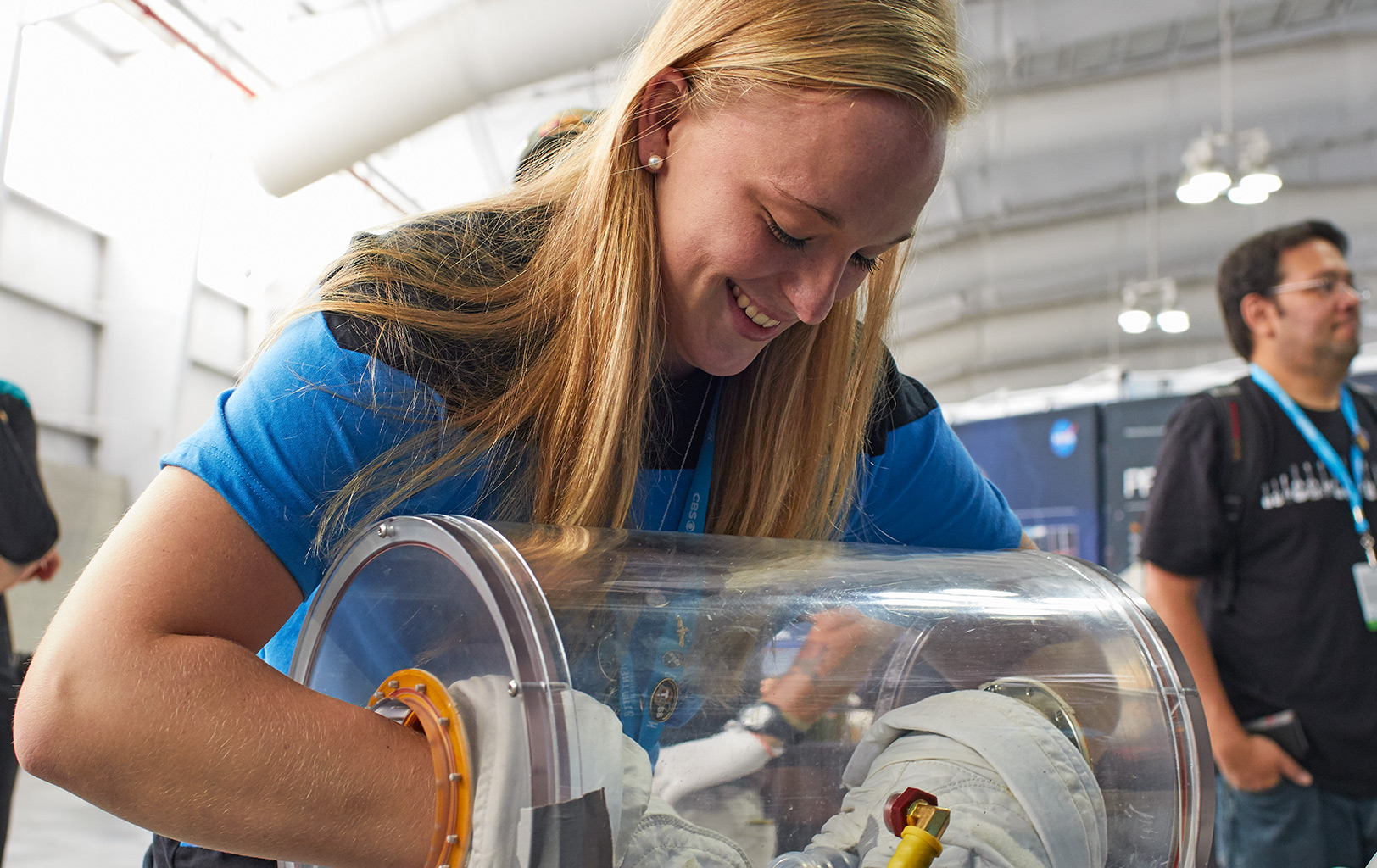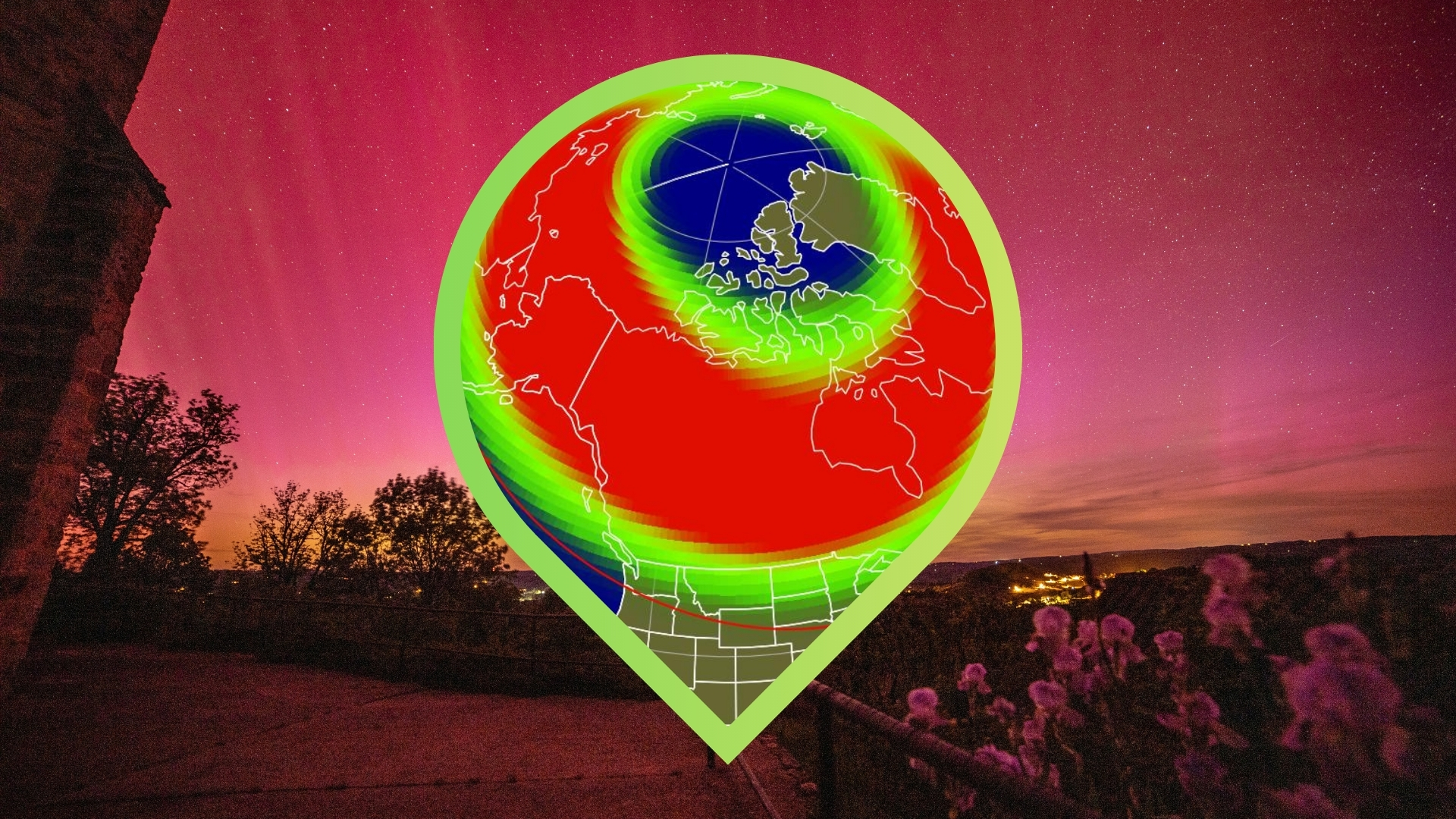The Milky Way's faintest satellite may not be what astronomers thought. 'These results solve a major mystery in astrophysics'
A new study puts Ursa Major III, a ghostly satellite of our Milky Way, under the microscope.

A ghostly object orbiting the Milky Way has left astronomers questioning its composition: Is it a dark-matter-dominated dwarf galaxy or a star cluster bound by a hidden swarm of black holes?
Ursa Major III/Unions 1 (UMa3/U1), the faintest known satellite of our galaxy, orbits the Milky Way at a distance of more than 30,000 light-years. It is a compact stellar system that contains only 60 visible stars.
Ursa Major III was long thought to be a dark dwarf galaxy — a small galaxy with an unusually high mass-to-light ratio suggesting it's filled with dark matter — but new evidence suggests it is instead a compact star cluster whose gravity is held together by a core of black holes and neutron stars, according to a statement from the University of Bonn in Germany.
"Dark star clusters form when gravitational interactions with the Milky Way over billions of years remove the outer stars from a star cluster," Hosein Haghi, co-author of the study who is conducting research at the University of Bonn, said in the statement.
After repeated gravitational encounters with the Milky Way, only a dense, invisible core of Ursa Major III remains. Since this dark core gives off no light, astronomers initially thought the cluster was packed with dark matter.
Using computer simulations and observational data of Ursa Major III's orbital motion and chemical composition, astronomers calculated the gravitational interactions of thousands of stars with great precision to reconstruct the object's structure over time. The simulations show that a dense core of black holes could hold the remaining stars together gravitationally, without the need for dark matter, according to the statement.
"Our work shows for the first time that these objects are most likely normal star clusters," Pavel Kroupa, co-author of the study, said in the statement. "These results solve a major mystery in astrophysics."
Breaking space news, the latest updates on rocket launches, skywatching events and more!
Whether a dwarf galaxy or star cluster, Ursa Major III provides important clues about the formation and composition of the Milky Way.
Their findings were published Aug. 7 in the Astrophysical Journal Letters.

Samantha Mathewson joined Space.com as an intern in the summer of 2016. She received a B.A. in Journalism and Environmental Science at the University of New Haven, in Connecticut. Previously, her work has been published in Nature World News. When not writing or reading about science, Samantha enjoys traveling to new places and taking photos! You can follow her on Twitter @Sam_Ashley13.
You must confirm your public display name before commenting
Please logout and then login again, you will then be prompted to enter your display name.
